Makeup application is a versatile art that requires consideration for different skin types to achieve optimal results. Understanding your skin type is essential in selecting the right products and techniques to enhance your natural beauty. Whether you have oily, dry, combination, or sensitive skin, each skin type presents its own set of challenges and concerns.

Oily skin often requires mattifying products to control shine, while dry skin craves hydration and luminosity. Combination skin necessitates a delicate balance between areas of oiliness and dryness, while sensitive skin requires gentle formulations to avoid irritation. By tailoring your makeup routine to your specific skin type, you can achieve a flawless and long-lasting finish that enhances your unique features.
Bascially there are 4 types of skin given below
- Oily
- Dry
- Combination
- Sensitive
Oily Skin Type
Matt Primer
For individuals with oily skin, a mattifying primer is a key product in creating a smooth and shine-free base for makeup application. A mattifying primer helps control excess oil production and prolongs the wear of your makeup throughout the day. It works by creating a barrier between your skin and the makeup, preventing it from sliding or melting off. Look for primers that specifically mention “mattifying” or “oil control” in their descriptions.

These primers often contain ingredients like silica, kaolin clay, or mattifying powders that help absorb excess oil and give your skin a more matte appearance. They also help minimize the appearance of pores, giving you a smoother canvas to work with. Remember to apply the mattifying primer after your moisturizer and allow it to set for a few minutes before proceeding with your foundation and other makeup products.

Oil free Foundation
Oil-free foundations are a fantastic choice for individuals with oily skin, as they are specifically designed to combat excess oil and shine. These foundations are formulated without oils, which helps prevent clogged pores and potential breakouts. They offer a lightweight texture that allows the skin to breathe while providing a matte finish.
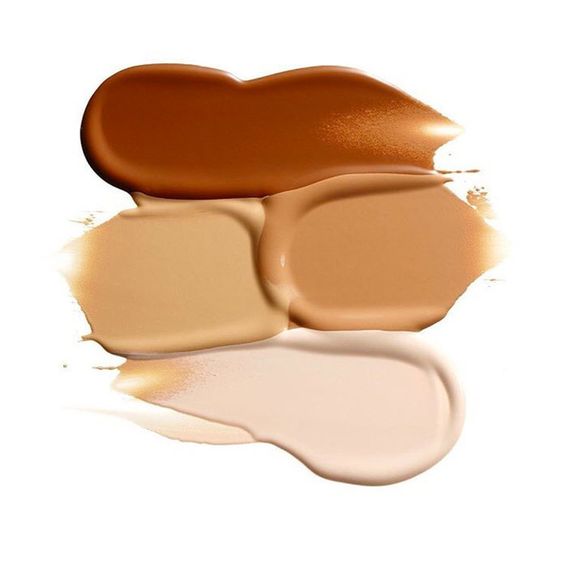
When searching for an oil-free foundation for oily skin, look for labels or product descriptions that specifically mention “oil-free,” “matte,” or “shine control.” These foundations typically contain ingredients like silica, clay, or powders that absorb oil and keep your skin looking fresh throughout the day.
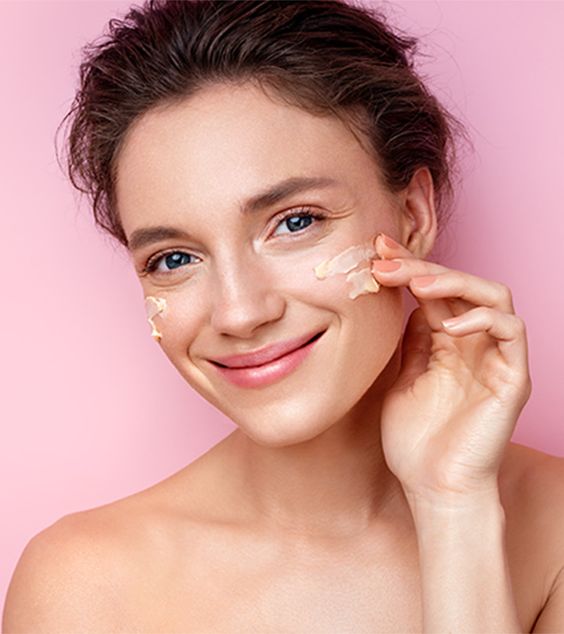
Liquid foundations are a popular choice for oily skin, as they offer buildable coverage and a natural finish. Look for ones that are lightweight and non-comedogenic, meaning they won’t clog your pores. Powder foundations are also great options, as they provide a matte and velvety finish while absorbing excess oil. Another consideration is long-lasting or oil-control properties. Foundations with these features are designed to stay put and control oil production, ensuring your makeup remains intact for extended periods.
Translucent Powder
Translucent powder is an essential asset for managing excess oil and shine in individuals with oily skin. Specifically formulated to provide a matte finish, this lightweight, colorless powder helps set foundation and other makeup products while extending their wear time.

When using translucent powder on oily skin, it’s crucial to choose an oil-absorbing formula that contains ingredients like silica or rice powder to control shine. Applying it strategically to areas prone to oiliness, such as the T-zone, helps maintain a fresh appearance. However, it’s important to avoid over-powdering, as too much powder can create a heavy, cakey look.
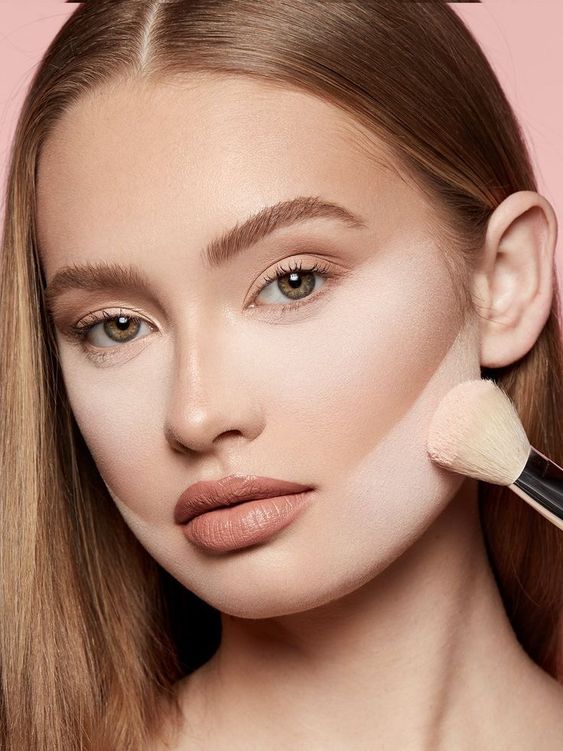
Keeping blotting papers or oil-absorbing sheets handy for touch-ups throughout the day, followed by a light dusting of translucent powder, helps control oiliness and keep makeup looking fresh. By incorporating translucent powder into your routine while also maintaining a proper skincare regimen, you can effectively manage oily skin and achieve a beautiful, matte complexion.
Powder-Based Blushes
Powder-based blushes are a great option for individuals with oily skin as they can effectively combat excess oil and provide a matte finish that lasts. When choosing a powder blush for oily skin, prioritize matte or satin finishes over shimmery options, as shimmer particles can emphasize oiliness.

Look for blushes with oil-absorbing properties, typically containing ingredients like silica or kaolin clay, to help control shine and minimize greasiness. Opt for buildable and blendable formulas that allow you to control the intensity of the color without applying too much product at once.

Additionally, select blushes with long-lasting formulas to ensure the color stays vibrant throughout the day. When applying powder blush, use a fluffy brush and gently blend onto the apples of your cheeks, tapping off any excess product before application. By combining the right powder blush with other oil-control techniques like using a mattifying primer and setting your makeup with translucent powder, you can achieve a fresh and long-lasting blush look for oily skin.
Blotting Papers
Blotting papers are a convenient and essential tool for individuals with oily skin, offering a quick solution to control excess oil and shine. When selecting blotting papers for oily skin, opt for those made of absorbent materials like rice paper or natural fibers.

These papers effectively absorb excess oil without disturbing your makeup. Choose compact and portable packaging, making it easy to carry them for on-the-go touch-ups. When using blotting papers, gently press them against oily areas such as the T-zone, avoiding rubbing or scrubbing to prevent oil spreading. Focus on blotting the oiliest areas to remove shine without drying out the rest of your skin.
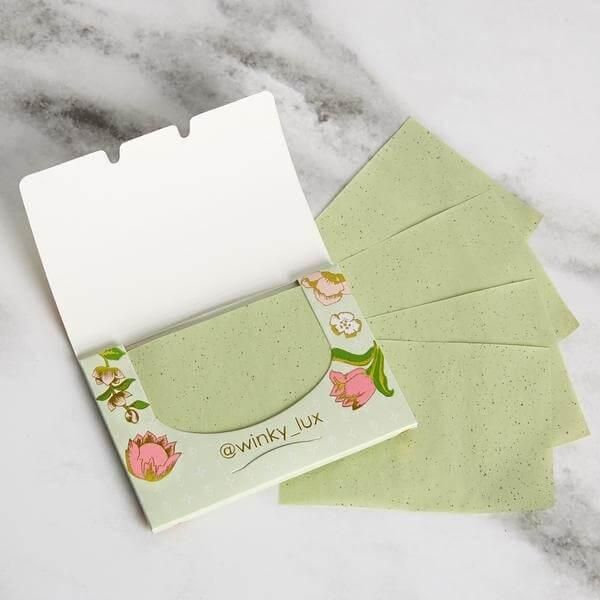
Follow up with a light dusting of translucent powder to further mattify and set your makeup. By incorporating blotting papers into your routine, you can effectively manage oiliness and maintain a fresh, matte complexion throughout the day.
Dry Skin
Cream Foundations
Cream foundations are an ideal choice for individuals with dry skin due to their hydrating properties and ability to provide a dewy finish. When selecting a cream foundation for dry skin, look for formulas that contain moisturizing ingredients like hyaluronic acid, glycerin, or oils to provide hydration and nourishment. The creamy and emollient texture of these foundations glides smoothly over dry skin, preventing the foundation from emphasizing any dry patches.

Cream foundations often offer medium to full coverage, which helps even out the skin tone and conceal dryness or texture. The dewy or luminous finish of cream foundations adds a natural glow to dry skin, creating a healthy and radiant complexion.

Apply the cream foundation with a damp sponge or a dense, synthetic brush for seamless blending. Prioritize moisturizing your skin before application to create a smooth canvas. By choosing a cream foundation formulated for dry skin, you can achieve a hydrated and glowing complexion.
Liquid Blushes
Liquid blushes are a perfect choice for individuals with dry skin as they offer a hydrating and natural-looking flush of color. When selecting a liquid blush for dry skin, prioritize formulas with hydrating properties, such as those containing hyaluronic acid or moisturizing oils, to nourish and hydrate the skin. Opt for lightweight options that blend easily, allowing for a buildable application without feeling heavy on the skin.
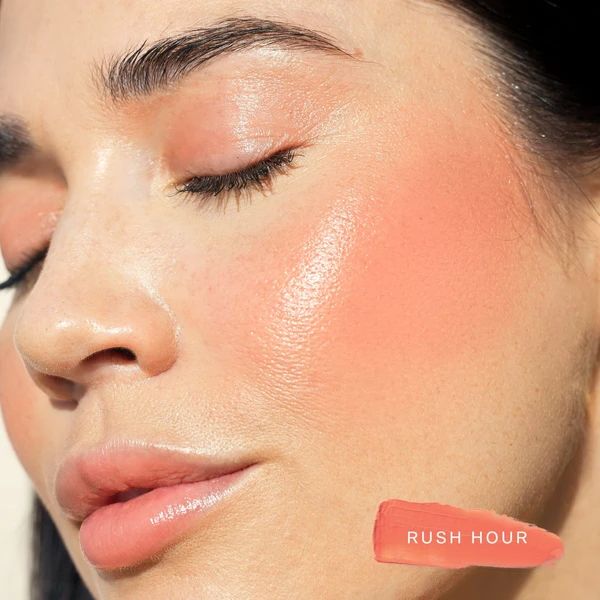
Liquid blushes often provide a dewy or satin finish, which adds a beautiful radiance to dry skin, creating a healthy and luminous complexion. Apply the liquid blush using clean fingers or a damp sponge, gently tapping or blending onto the apples of the cheeks.

Gradually build up the color to achieve your desired intensity. For enhanced longevity and added hydration, consider layering the liquid blush over a moisturizer or a dewy-finish foundation. With a hydrating and lightweight liquid blush and a gentle application technique, you can achieve a natural-looking flush of color that enhances the radiance of your dry skin.
Creamy Highlighter
Creamy highlighters are an ideal choice for individuals with dry skin as they provide a natural, dewy glow without emphasizing dry patches. When selecting a creamy highlighter for dry skin, look for hydrating formulas containing ingredients like shea butter or oils to nourish and moisturize the skin. The creamy texture of these highlighters allows for easy blending, ensuring a seamless application that doesn’t accentuate any texture or dryness.
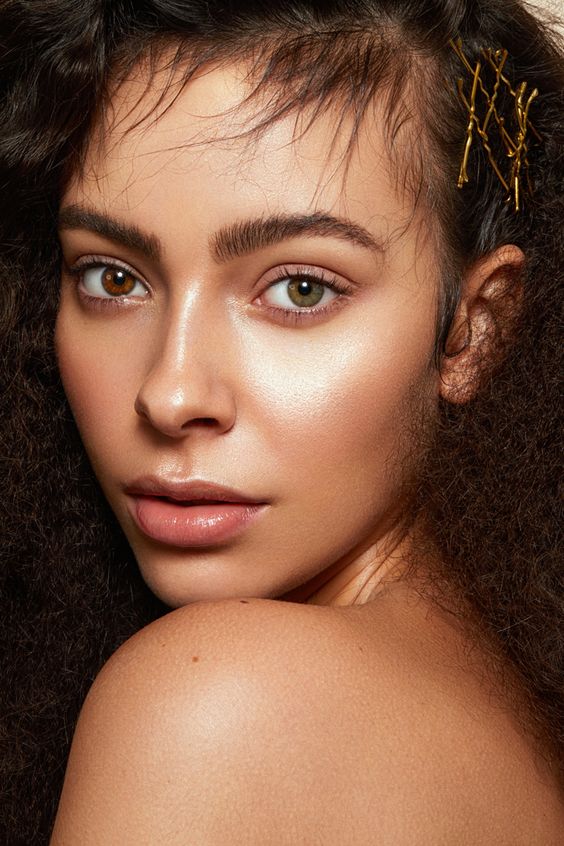
Opt for highlighters with a subtle shimmer or dewy finish to create a natural-looking glow that enhances the luminosity of dry skin. Apply the creamy highlighter with clean fingers or a damp sponge, gently tapping or blending it onto the high points of the face, such as the cheekbones, brow bone, and the bridge of the nose.
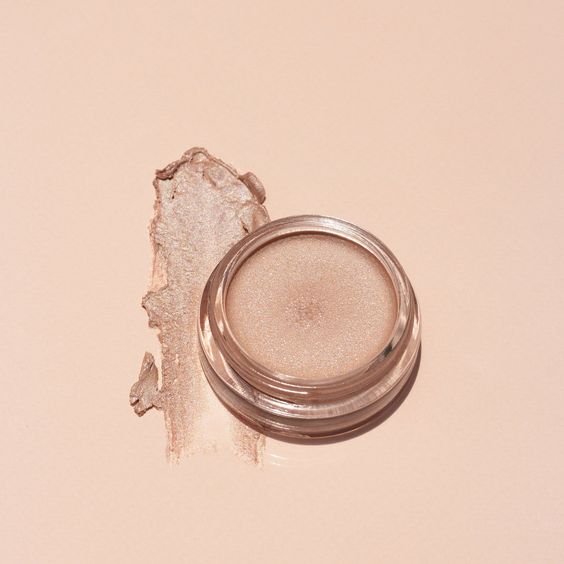
For an extra boost of hydration and radiance, layer the highlighter over a moisturizer or a liquid illuminator. Start with a small amount of product and build up gradually to achieve the desired intensity. By selecting a creamy highlighter with a hydrating formula, blendable texture, and a subtle shimmer or dewy finish, you can achieve a beautiful and radiant glow that complements your dry skin.
Combination skin
lightweight moisturizer
For individuals with combination skin, finding a lightweight moisturizer is essential. Look for moisturizers specifically designed for combination skin that offer oil-free or oil-control formulas to balance sebum production and prevent excess shine in the T-zone. Opt for non-comedogenic moisturizers that won’t clog pores, as combination skin is prone to both dryness and oiliness.
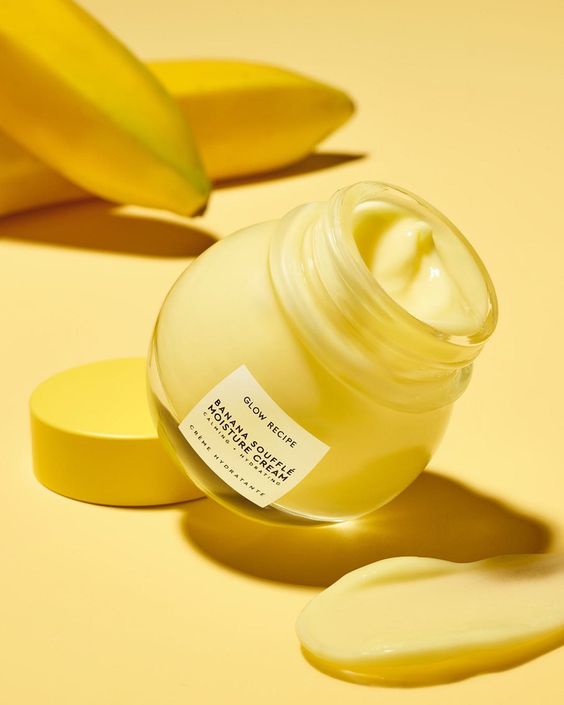
Choose a moisturizer with a gel or lightweight lotion consistency, as these textures are light and absorb quickly into the skin without leaving a greasy residue. Hydrating ingredients like hyaluronic acid, glycerin, or ceramides are beneficial for maintaining moisture levels in different areas of the skin. Additionally, soothing ingredients such as aloe vera or chamomile can help calm any sensitivity or irritation. If desired, consider selecting a moisturizer with added SPF protection to simplify your skincare routine.

Customizing your moisturizing routine based on the specific needs of different areas of your skin can be helpful. By incorporating a lightweight moisturizer that meets the requirements of combination skin, you can achieve a balanced and healthy complexion.
Primer
When it comes to primers for combination skin, it’s important to choose one that addresses the specific needs of both oily and dry areas. Look for a primer with mattifying properties that helps control excess shine in the T-zone, where oiliness is typically more prominent. Opt for oil-free or oil-control formulas that regulate sebum production without clogging pores or causing further breakouts.
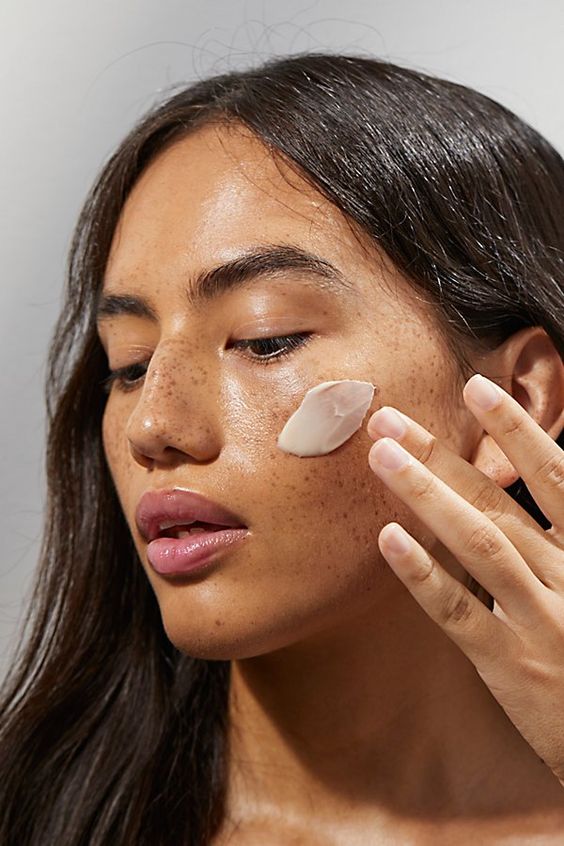
Additionally, select a primer that offers pore-minimizing and blurring effects to create a smoother complexion and reduce the appearance of enlarged pores. It’s crucial to strike a balance between hydration and lightweight texture, so look for a primer that provides moisture to the drier areas of the face without feeling heavy or greasy. A primer with good longevity and makeup adherence will help your foundation last throughout the day without sliding off oily areas or settling into fine lines.
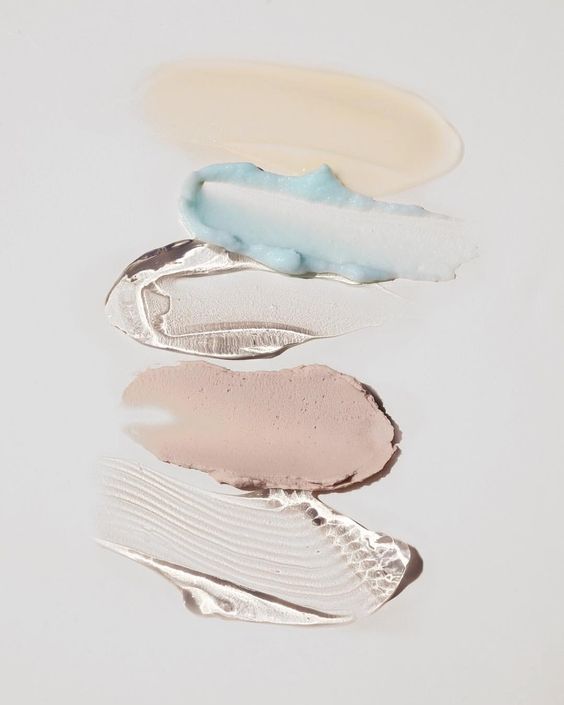
Consider whether a silicone-based primer, which can fill in pores and create a smooth canvas, or a water-based primer, known for its lightweight feel and natural finish, works best for your preferences. Remember to apply the primer after moisturizing your skin, allowing it to set before proceeding with foundation or other makeup products. By choosing a primer that addresses the specific concerns of combination skin, you can create a balanced and flawless base for your makeup application.
Matte Foundation
When searching for a matte foundation that suits combination skin, it’s important to consider specific factors. Look for foundations formulated with oil-control properties specifically designed for combination skin. These foundations help to absorb excess oil in the T-zone, providing a matte finish. Opt for foundations with long-lasting coverage to minimize the need for touch-ups throughout the day, especially in oilier areas.

Choose a lightweight foundation texture that feels comfortable on the skin without appearing heavy or cakey. Pore-minimizing foundations can also help create a smoother and more even complexion, as combination skin often exhibits larger pores in the T-zone. Ensure that the foundation is non-comedogenic to prevent pore clogging and breakouts. A buildable coverage foundation allows you to customize the level of coverage for different areas of the face. Apply the foundation with a brush or sponge, blending it outward from the center for a seamless result.
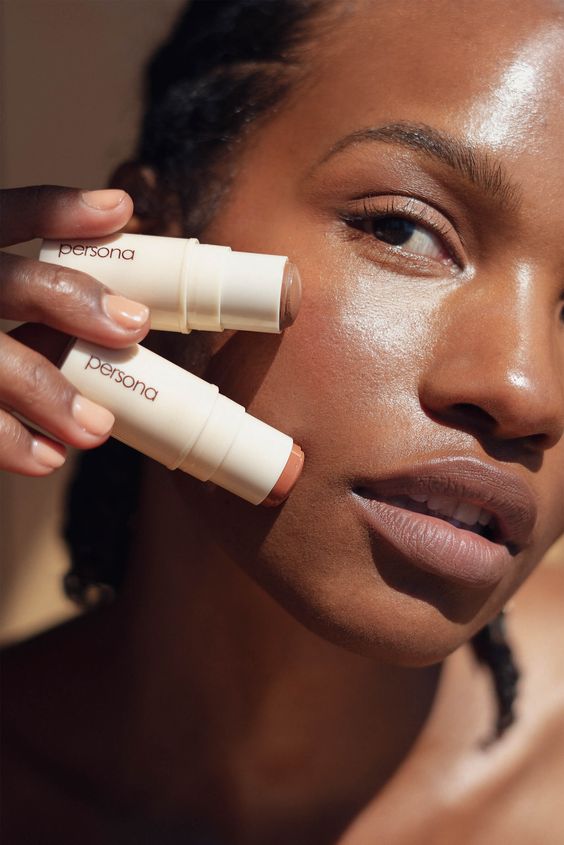
Prioritize proper skincare preparation with a suitable moisturizer and primer for combination skin before applying the matte foundation. By selecting a matte foundation that addresses oil control, offers long-lasting coverage, has a lightweight texture, minimizes pores, is non-comedogenic, and provides buildable coverage, you can achieve a balanced and matte finish that caters to the needs of your combination skin.
Sensitive skin
- Look for makeup products that are labeled as hypoallergenic or formulated for sensitive skin.

- Avoid products with potential irritants such as fragrances, alcohol, or harsh chemicals.
- Perform a patch test before trying new products to check for any adverse reactions.
- Opt for mineral-based or natural makeup products that are gentle on the skin.
- Cleanse your face thoroughly before applying makeup to avoid further irritation.



